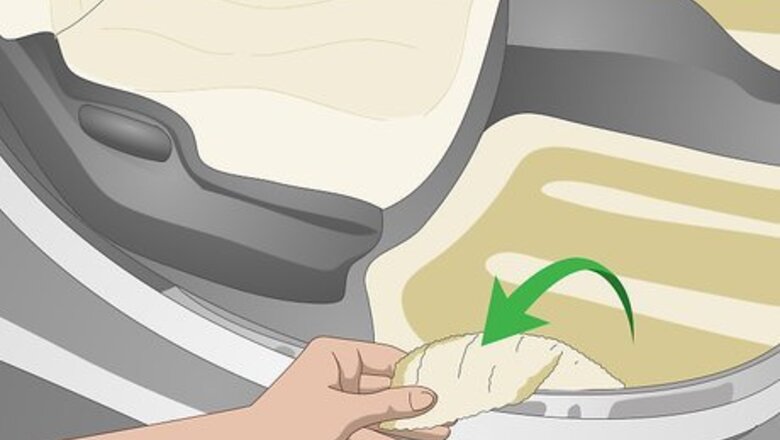
views
Repairing Burns in a Cloth Car Seat
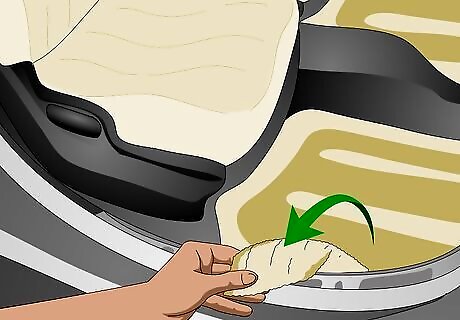
Find a spot in your car to collect fibers that match the seat. Choose an inconspicuous place such as under your seat. You can also get fibers from the carpet that is hidden underneath plastic paneling. To expose carpet, inspect the paneling first. Check if the weather stripping is covering the area where the panel meets the door. If so, gently pull back the weather stripping in this area only. Try to locate the fastener clips. These are located between the panel and the door, usually near creases where two panels meet. Use your fingers or a panel pop tool to gently pry off the panel at the fastener clips, where the plastic is reinforced. If you can’t find the fastener clips, try wiggling and prying the panel from the bottom. Be careful not to bend the plastic permanently.
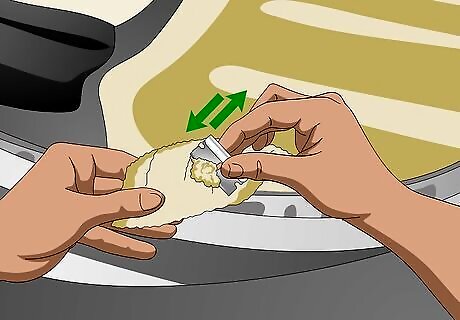
Shave off enough fibers with your razor blade to cover the burn hole. Angle your razor blade and gently run it along the area. Do not apply too much pressure to avoid the blade cutting into the fabric.
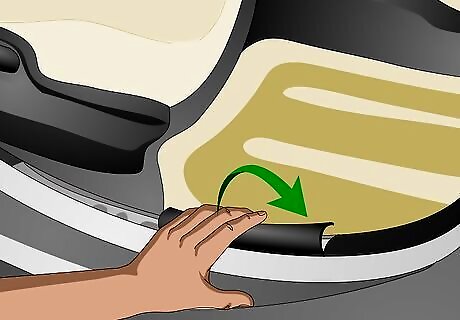
Reinstall your paneling now if it was removed. The fastener clips should snap easily back into place. If you pulled back your weather stripping, restore it by guiding the strip back into place and applying pressure.
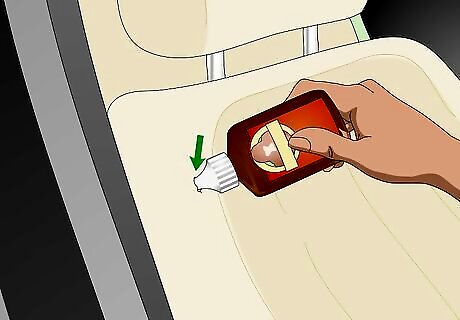
Apply a small amount of Gorilla Glue to the bottom of a deep hole. It will expand and fill some of the space. Allow it to dry. If the hole is not deep, you may skip this step. Alternatively, you can fill the bottom of the burn hole with a small piece of foam. Cut the piece of foam to fit the hole. Apply fabric glue to the bottom of the hole and insert your foam. Allow it to dry.
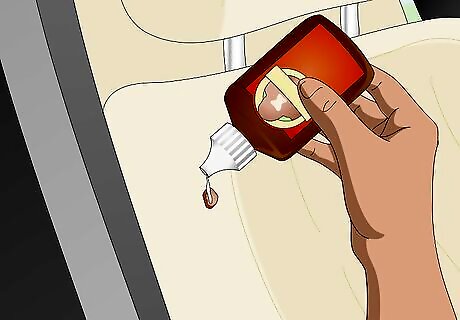
Place a drop of fabric glue inside the burn hole. Do not apply too much or attempt to fill the hole with glue. You can do multiple layers of glue and fibers later.
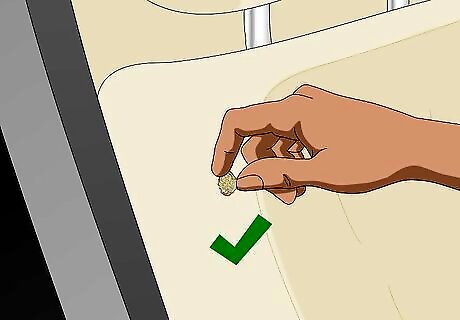
Apply the matching fibers to the fabric glue. Place some fibers on top of the glue while it is wet and gently pat them into place. Repeat layers of glue and fibers until the surface of the hole is level with the seat. Allow it to dry.
Filling Burns in a Vinyl or Leather Seat
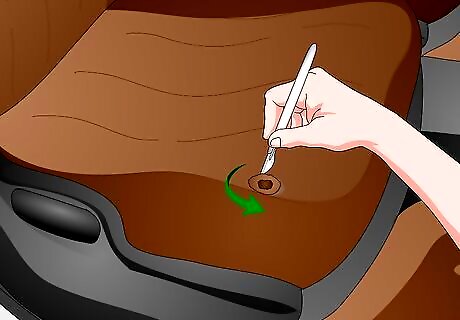
Cut around the burn hole with a scalpel and remove the burned piece of leather.Try not to enlarge the hole. Cut out only what is necessary.
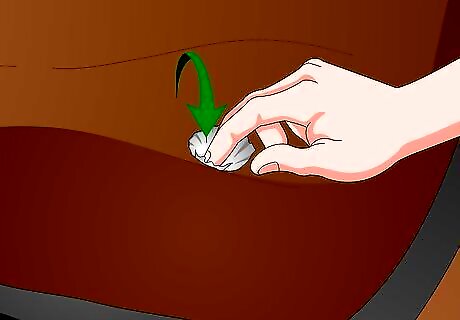
Push the cloth patch into the hole using tweezers. Since the patch is larger than the hole, you may have to wiggle the patch around to completely submerge it.
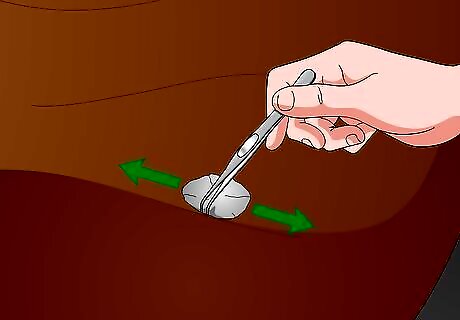
Flatten the patch underneath the leather with your tweezers, spreading out any bunching. Make sure it sits completely flat underneath the hole. This subpatch will help to smoothen any puckering of the leather surrounding the hole, as well as and give you a backing to fill the hole later.
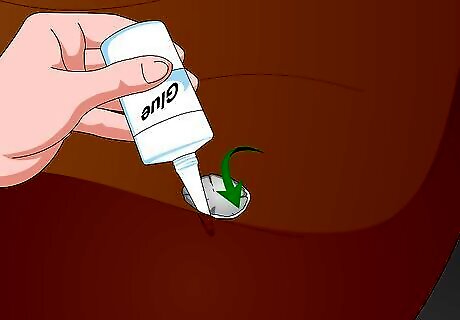
Apply some glue underneath the edges of the hole. Use a toothpick to apply the glue for small holes or a palette knife for large holes. Press down firmly on the outer edges of the hole to firmly adhere the subpatch to the leather. Allow to dry completely. You may use a hairdryer to speed up the drying process.
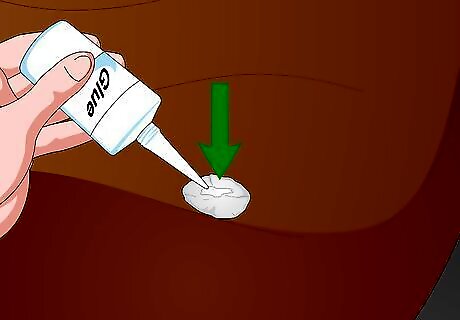
Spread a layer of flexible glue or filler into the hole. Smoothen to an even layer, making sure it reaches all the edges of the hole. Allow the layer to dry completely. Repeat this process until the hole is completely filled. If using a hairdryer to dry the layers, position the dryer so that the air blows across the glue or filler instead of directly onto it to prevent heat and moisture buildup.
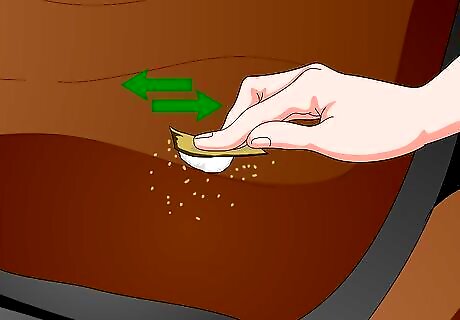
Sand the final layer so that it is level with the edges. Gently sanding the layer will smoothen the dried glue or filler so that its texture more closely matches the surface of the seat. Do not apply too much pressure while sanding. If the repaired layer dips beneath the surface of the hole, you will need to add another layer and allow to dry before sanding again.
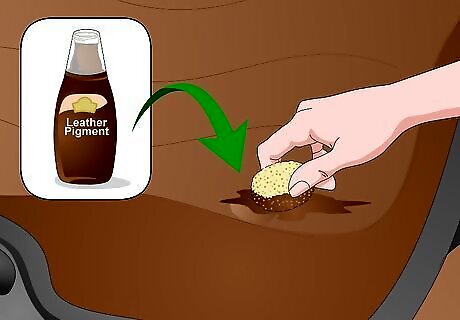
Dab on your leather pigment with a sponge for a leather seat. Apply the pigment to and around the repaired hole until it is completely covered. Allow to dry. You may also want to apply a leather conditioner to the seat after the pigment is completely dry.
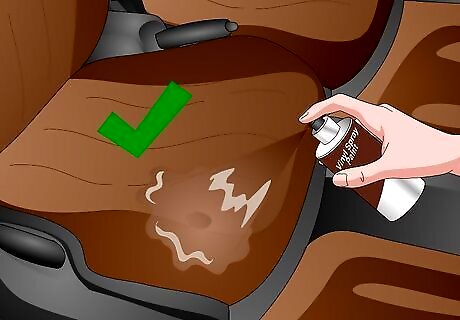
Coat the repaired hole with vinyl spray paint for a vinyl seat. Spray an even layer across the repair to completely cover it. Make sure not to spray too much so there is no drippage. Allow to dry completely. If the seat is in poor condition, consider repainting the entire seat for a seamless finish.
















Comments
0 comment